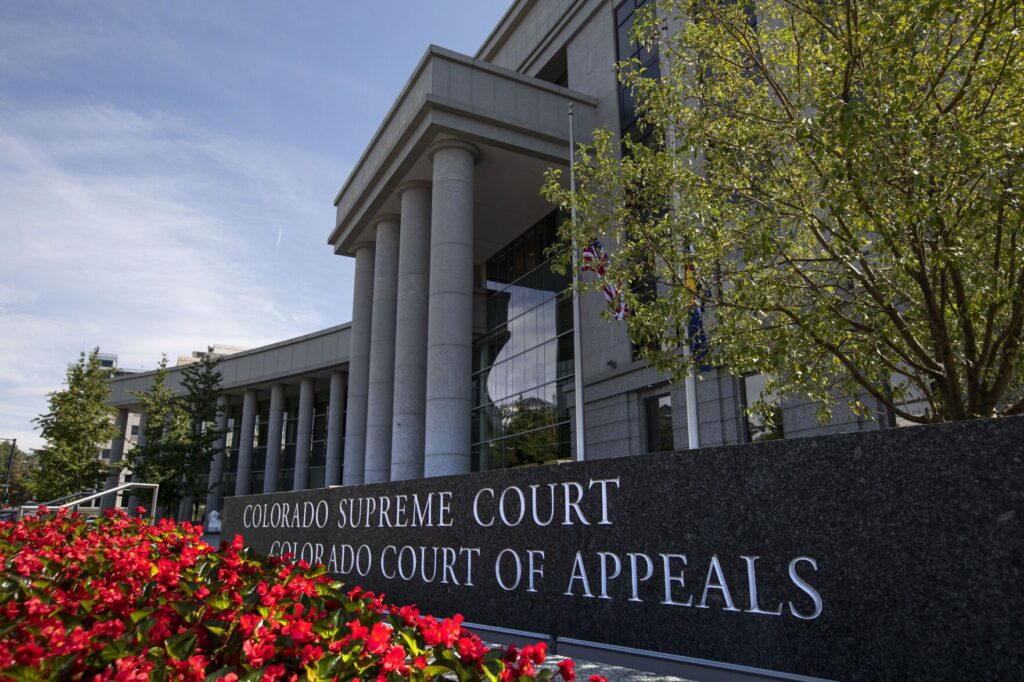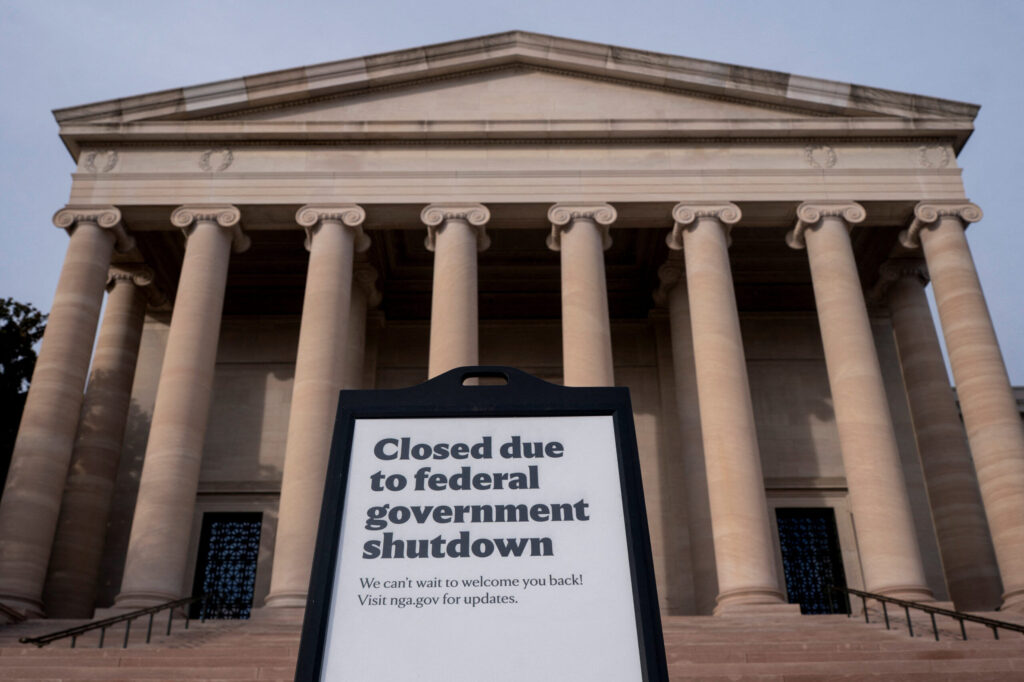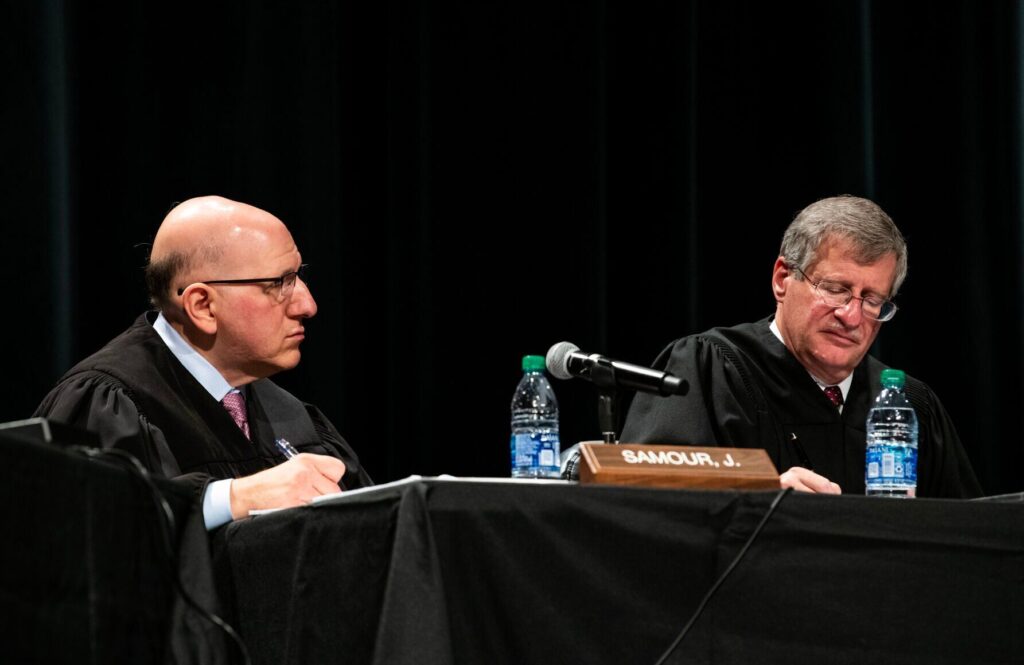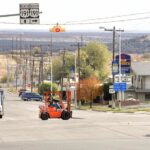The Colorado Springs Gazette: Study the foam, but start with a hearing
This week brought good news for residents of Widefield, Fountain and Security, who consumed water likely tainted for decades by a toxic firefighting foam used at nearby Peterson Air Force Base.
The House of Representatives overwhelmingly passed a $700 billion defense policy bill Tuesday, known as the National Defense Authorization Act. Members of the Colorado delegation worked to include orders for a study of contamination by foam containing Perfluorooctanoic acid (PFOA) and Perfluorooctanesulfonic acid (PFOS).
As a senior Republican member of the House Armed Service Committee, U.S. Rep. Doug Lamborn, of Colorado Springs, advocated for a $7 million Centers for Disease Control study on the health implications associated with drinking water contaminated by the chemicals.
Democratic Colorado Sen. Michael Bennet played an crucial role in getting a similar provision in the Senate version of the bill. The House passed a compromise version, which supporters expect to easily pass in the Senate.
The study includes an exposure assessment with two years of biomonitoring. The entire study should take five years.
The bill also requires the secretary of defense to submit a report to the House and Senate armed services committees on the status of “safe and effective” alternatives to dangerous compounds in the foam.
The bill includes $72.2 million in additional funds for PFOA and PFOS remediation, bringing fiscal year 2018 remediation funds to $648 million for the Air Force and Navy combined.
All this is great. Bennet and Lamborn deserve accolades for addressing this concern, but they should take it another step.
We again ask Colorado members of Congress to call for a hearing on the contamination crisis to determine why the Air Force continued using toxic compounds for years after learning they were hazardous to the environment and public health.
Despite an expose by Gazette senior military reporter Tom Roeder, few seem to understand the troubling lack of an appropriate response by Air Force officials after learning about the potential hazards of the foam.
“They certainly realize now, you know, when this stuff was identified as hazardous,” said a Bennet staffer in a telephone conference with The Gazette. “I think that was relatively recent. That wasn’t long ago.”
The Air Force began studying potentially negative effects in the 1970s. The Army Corps of Engineers told Army officials at Fort Carson to stop using the compound in 1991. Army officials began treating the compounds as hazardous material in 1997. The EPA called for a phaseout of perfluorinated compounds in 2000, claiming they were “likely to be carcinogenic to humans.”
Anything deemed “likely” carcinogenic should have been discontinued, immediately, especially for non-emergency firefighting exercises.
The Air Force stopped using the foam just last year. That’s a full 16 years after the EPA said the product would “likely” cause cancer.
There can be no good excuse for continuing harm that could have, and should have been stopped long ago.
Laudable demands in the proposed defense bill will help clean up the mess, but we need to know why this problem persisted. We need assurance similar lapses in judgment are not endangering the public. We need questions and answers only a congressional hearing can provide, so this never happens again.












